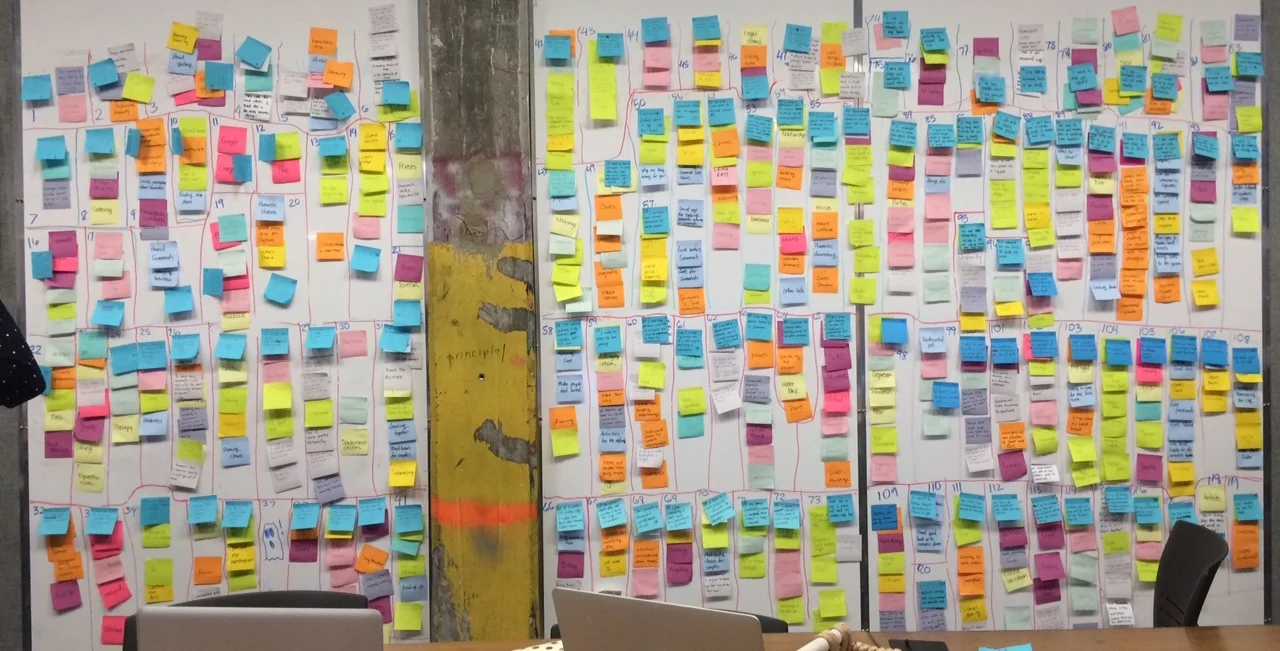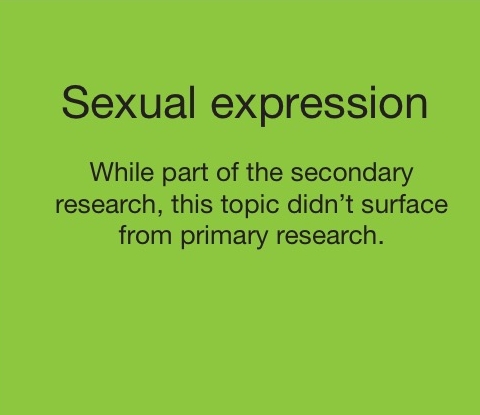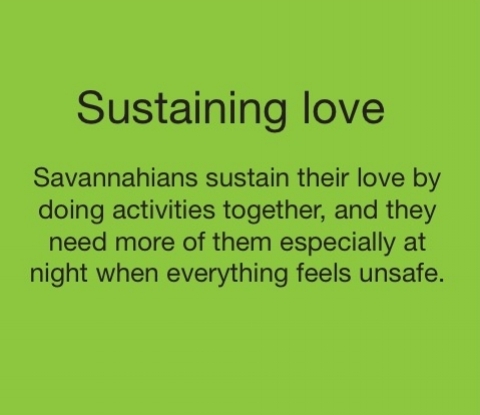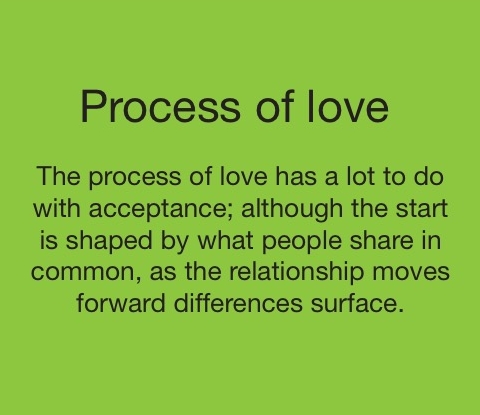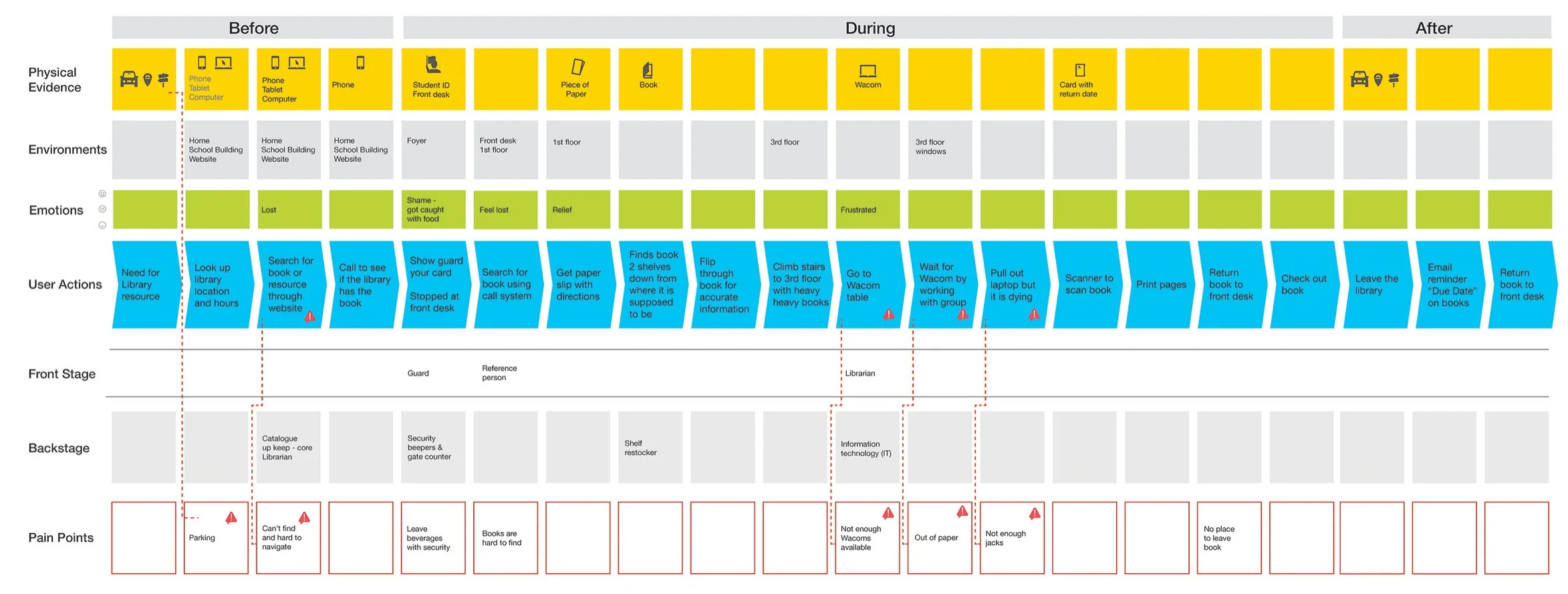Affinity Diagramming (Synthesis)
Affinity Diagramming is a grounded method for synthesizing research. Instead of starting with topics or themes, these emerge from the data point as they are grouped in clusters. These clusters are not meant to be related because of keyword but rather because of the underlying user emotions they embody. I’ve used the affinity diagramming methods in a variety of projects and with slight difference each time. This method has been extremely useful for me to understand my research data which is why as a T.A. for a contextual research class I chose to give this lesson to the students.
Love is in Savannah
It was for this project that I first learned what affinity diagramming was. It was a great learning experience particularly because we did it wrong the first time, and had to repeat the whole process. We realized that some of our data point were too summarized and had lost the essence of the initial observation or data, we were not able to rephrase it in the voice of the user because it had lost its context. We went back to our research and brought new data that allowed us to arrive at key insights. Needless to say, we’ve never made this mistake again.
First round
Second round
Inside Looking In (Thesis)
The data points for the affinity process in this project were mostly quotes from the interview process. They were color coded by the types of stakeholders, but the clustering was not limited by this. It simply allowed me to visually understand who was being most affected by the emerging topics.
Enabling Collaboration
For this particular project we decided to affinitize both the secondary and the primary data, but separately. The clustering of the secondary data gave us themes that served as guides for the interview questions and discussion guides. The clustering of the primary research, later, led us to our key insights.

